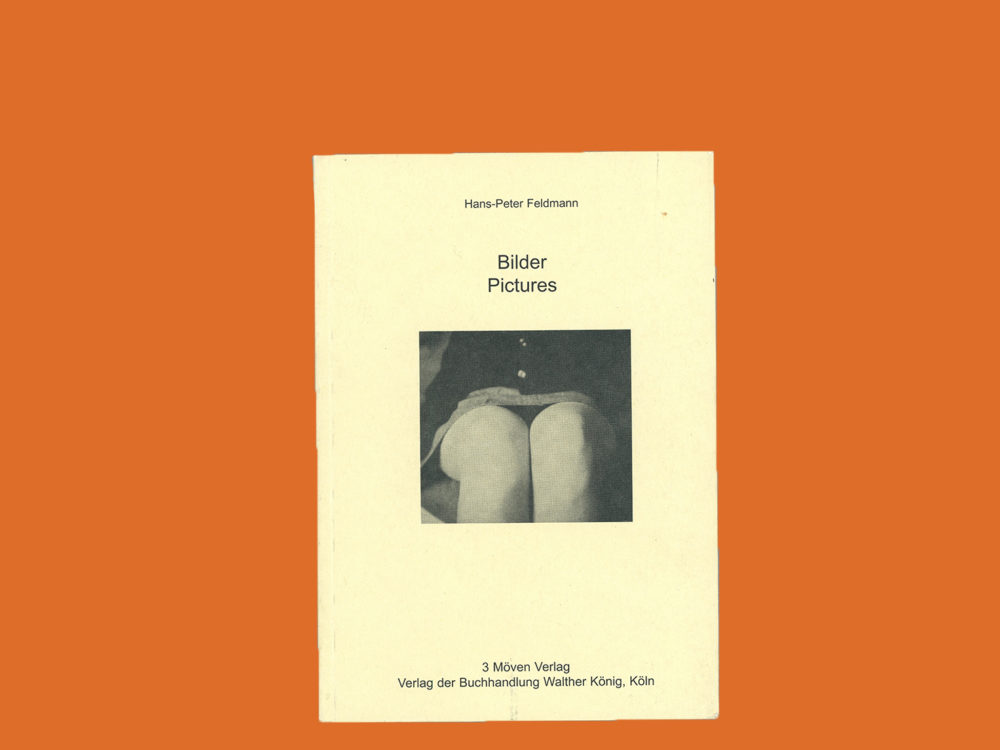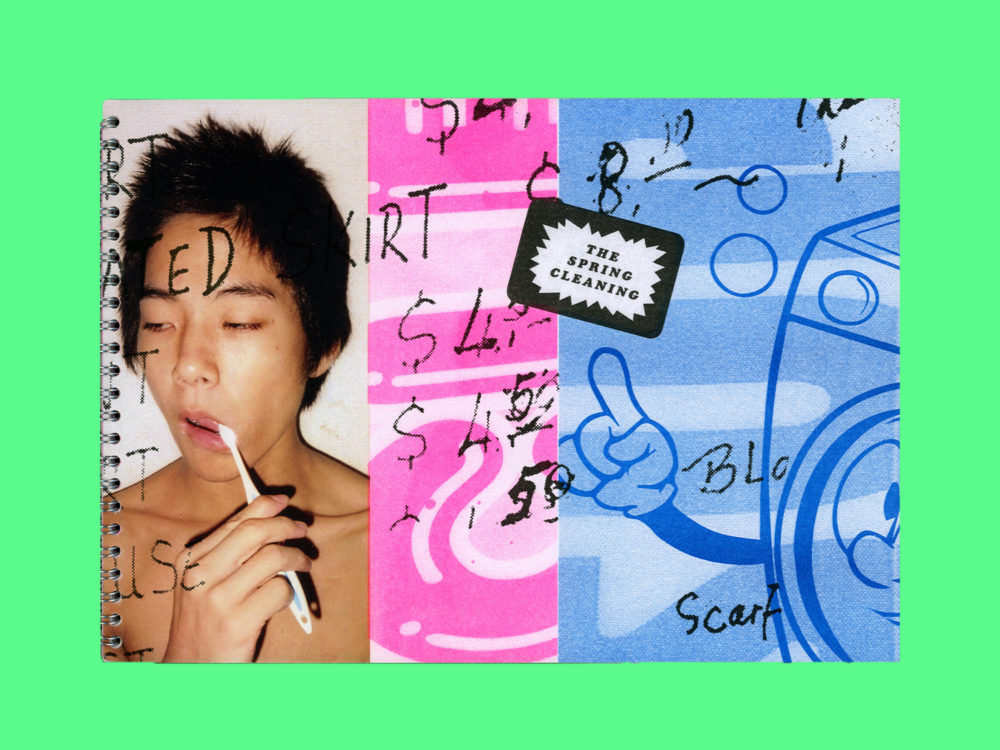Description
Munich: Prestel, 2006. First edition. Introduction by Mike Phillips. Heavily illustrated from black and white photographs. Folio. [130]pp. Spine crown bumped thus near fine in lightly edgeworn, about fine dust jacket with small corresponding bump.
The Black House is an extraordinary series of photographs taken in a ‘halfway house for vulnerable young people’ in the Holloway Road, London in the early 1970s by photographer Colin Jones. The Black House, a hostel for young black men and women run by Brother Herman (Herman Edwards) and funded by the local authority, was the central feature of a local community project named Harambee, a Swahili word for harmony. But almost all who go there call it the Black House.
Colin Jones had originally been commissioned by The Sunday Times to produce illustrations for an article on Harambee, but he developed an uneasy yet compelling bond with its ever-changing inhabitants and continued taking photographs for three years until it was closed. He recorded in his diary at the time, “My camera in the house was very intrusive so I wasn’t always able to use it as it could have provoked some situations to turn violent. The problem is that I am white and these people, with all their problems, have little to lose. Sometimes when I go through the front door I can feel the pressure of the place.”
The hostel was opened in a disused butcher’s shop in Islington in 1971. It was intended as a shelter and a refuge for a rootless, alienated group who form part of the rising generation of black people in Britain. Many came here after waiting years for their parents to establish themselves, having been brought up meanwhile by their extended families in the West Indies. Some now reject jobs their parents have chosen, but find their own way barred to more worthwhile professions. Above all, there is the shock of encountering racial prejudice and hatred from the inhabitants of the country for long held out to them as home.
A few of this group, feeling no allegiance to a hostile society, have turned to crime. The Black House – and a small number of similar hostels – receives some young men from court or prison. Others arrive at the Black House after being thrown out of home by their parents, who grow weary of their offspring’s rejection of their own values. The philosophy of the Black House and its warden, Brother Herman, who came to Britain from Antigua in 1955, is to help those who stay there to accept and be proud of their blackness. Today’s younger blacks no longer seek to merge with white society, but to emphasize their racial differences through language, speech and dress. Only by recognizing their true identity, argues Brother Herman, can young blacks make a sound decision about how to cope with life in Britain.
One of the most explosive photography projects of the 1970s was a series shot by Colin Jones for the London Sunday Times. Appearing for the first time in book form, these images are no less haunting today than they were nearly thirty years ago. In rich duotone, they capture the dignity and fierce beauty of a community shunned by society, and faced with a bleak future.




